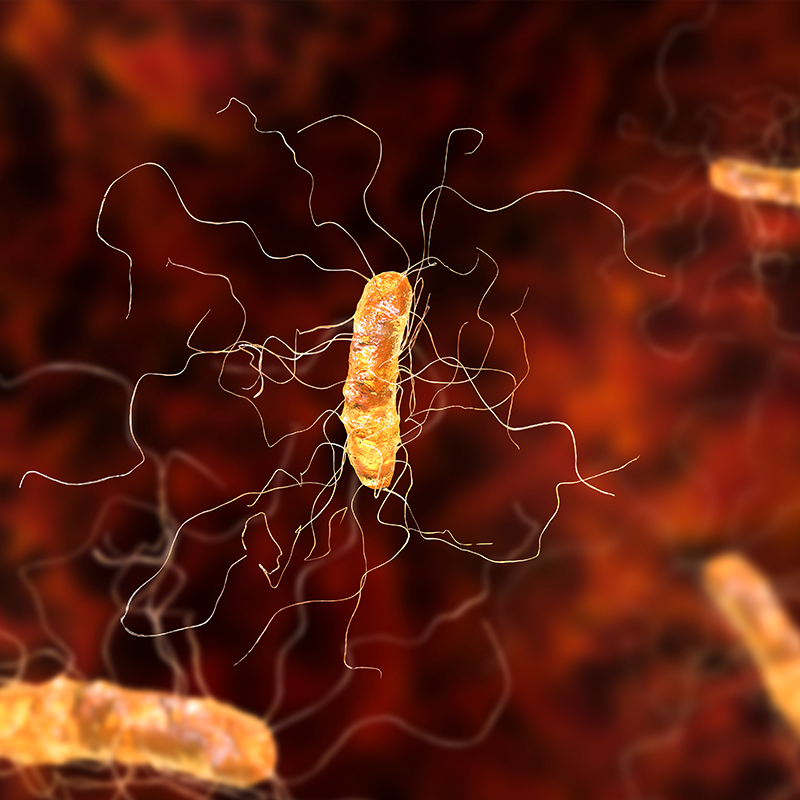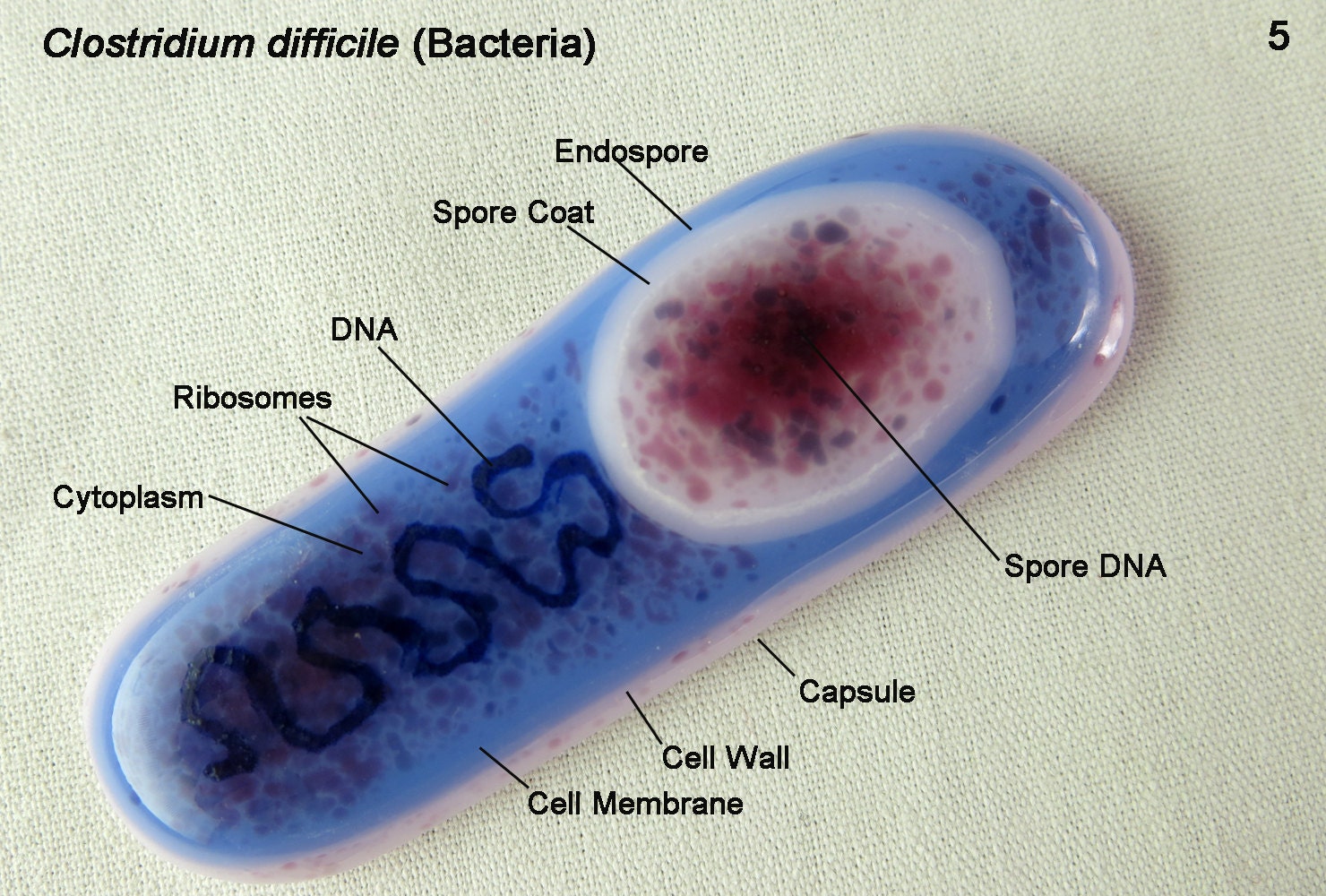

The symptoms normally associated with CDI range from mild to severe diarrhea, which can lead to complications such as pseudomembranous colitis and toxic megacolon that carry mortality rates of ~ 5%. difficile infections (CDI) in some community hospitals is now greater than methicillin-resistant Staphylococcus aureus (MRSA) infections. Nearly 15% of all hospitalized patients treated with antibiotics develop antibiotic-associated diarrheas (AAD), with ~ 20 to 30% of AAD being caused by C. The Gram-positive, spore-forming strict anaerobe Clostridium difficile has become the leading cause of nosocomial diarrheas world-wide. In this review, the regulation of the sporulation and germination pathways and the morphogenesis of the spore coat and exosporium will be discussed. subtilis at the level of sporulation, germination and spore coat and exosporium morphogenesis. Further, recent studies have revealed significant differences between C. difficile spore proteome is poorly conserved when compared to members of the Bacillus genus. difficile in patients and horizontal transmission between hospitalized patients.

difficile induces a sporulation pathway that produces more spores these spores are responsible for the persistence of C. difficile spores germinate in the colon to form the vegetative cells that initiate Clostridium difficile infections (CDI). Due to its strict anaerobic requirements, the infectious and transmissible morphotype is the dormant spore. Clostridium difficile is a Gram-positive, spore-forming obligate anaerobe and a major nosocomial pathogen of world-wide concern.


 0 kommentar(er)
0 kommentar(er)
